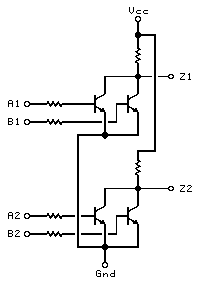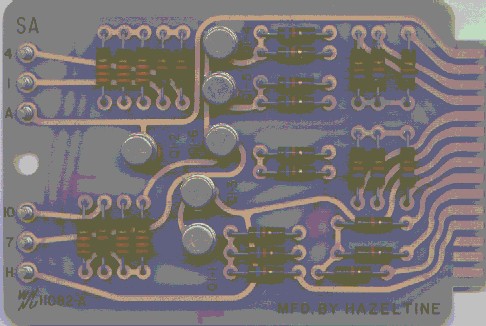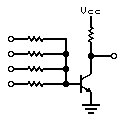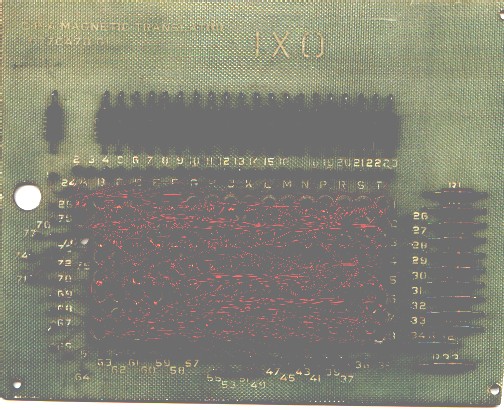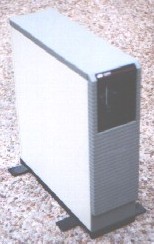 |
Though only about 40 years old, the SCI 1000 enjoys a place in
hardware history not only as a quaint reminder of the friendly, tranquil
neighborhood we enjoyed before Microsoft moved in, but also as a wild
steer that broke away from the herd.
It's amusing to reflect that, while the growing popularity of Linux at
present is viewed by many as a fairly recent development,
the first half of the 1980s was
rife with little Unix boxes aimed not only at technical users but also
at business enterprises, especially small ones. Seventh-edition Unix
and its early descendents, with their modest resource requirements and
clean, powerful terminal handling, gave these machines the simple,
efficient time-sharing environment they needed to meet the basic
computing needs of a small-office user population.
|


